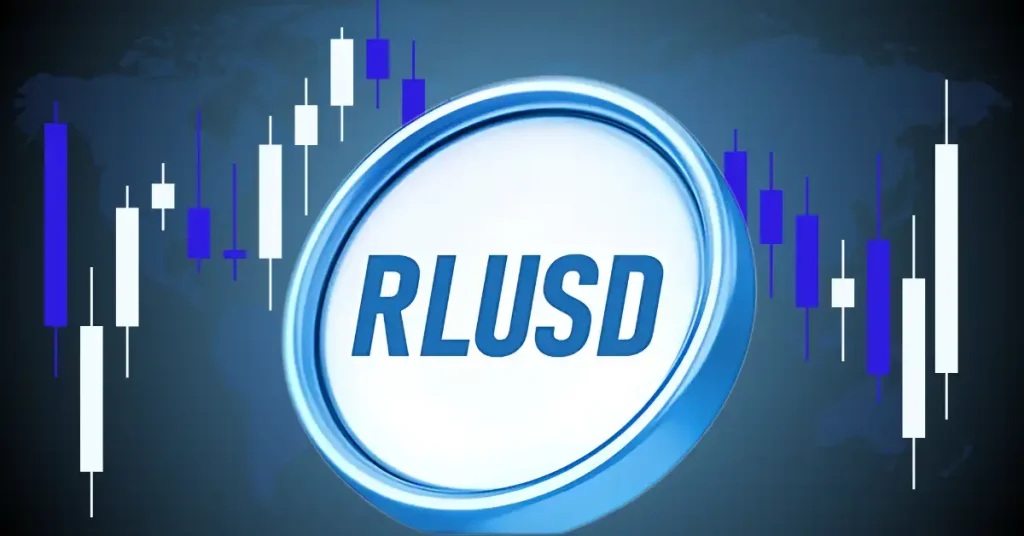The Fusaka hard fork reached its final testnet milestone when Hoodi activated on Oct. 28, 2025, beginning a minimum 30‑day window ahead of a tentative Dec. 3 mainnet target.
What did the Hoodi testnet activation prove about Fusaka and PeerDAS?
When were Holesky and Sepolia used in testing?
Hoodi represents the third and final Fusaka testnet, following earlier activations on Holesky and Sepolia in October. As reported by The Block, the sequence exercised client interoperability and cross‑client syncing under the new rules.
How does PeerDAS (EIP-7594) change data availability sampling?
PeerDAS, specified in EIP-7594, enables validators to sample smaller segments of layer‑2 data rather than downloading full blobs, improving practical data availability sampling for rollups and other layer‑2 solutions. “Hoodi represents the third and final testnet deployment,” the coverage noted, underscoring the staged rollout.
Experts say PeerDAS should lower bandwidth and storage pressure for many node operators and make partial sampling viable for Ethereum layer‑2 data validation. Client teams reported actionable bug reports from Hoodi that narrow the remaining compatibility work.
How will Fusaka upgrades affect block gas limits, blob capacity and Ethereum layer2 data handling?
What is the block gas limit increase?
Fusaka includes proposals that raise the block gas limit to allow more on‑chain execution per block. Developers expect the change to improve throughput for some workloads, but client implementers will watch resource use and syncing behaviour closely.
What does expanded blob capacity mean for Layer 2s?
Expanded blob capacity increases the on‑chain attestation space for off‑chain data, which affects how rollups and other layer‑2s batch and verify transactions. Combined with PeerDAS, the aim is to make Ethereum layer2 data handling more efficient without forcing every validator to store full payloads.
When will the Fusaka hard fork reach mainnet and what must validators do?
The Ethereum Foundation and core developers have stated that mainnet activation will occur at least 30 days after Hoodi; core devs have tentatively discussed a Dec. 3 target, giving operators a defined remediation window. The Block also reported that the Foundation ran a four‑week audit contest offering up to $2 million in rewards to surface vulnerabilities before mainnet.
Tip: validators should stage client updates on non‑production nodes, re-run signature and sync tests, and verify partial DAS handling before upgrading mainnet validators.
- Final testnet: Hoodi — Oct. 28, 2025.
- Key features: PeerDAS (EIP‑7594), block gas limit increase, expanded blob capacity.
- Preparation window: at least 30 days after Hoodi; tentative mainnet target Dec. 3.
In brief, the Fusaka hard fork Hoodi rehearsal exercised PeerDAS and related EIPs, producing test‑level fixes and narrowing the client compatibility list ahead of a possible December mainnet activation.
Source: https://en.cryptonomist.ch/2025/10/29/ethereum-fusaka-hard-fork-hoodi-testnet/


